This website uses cookies
This website uses cookies to enable it to function properly and to analyse how the website is used. Please click 'Close' to accept and continue using the website.


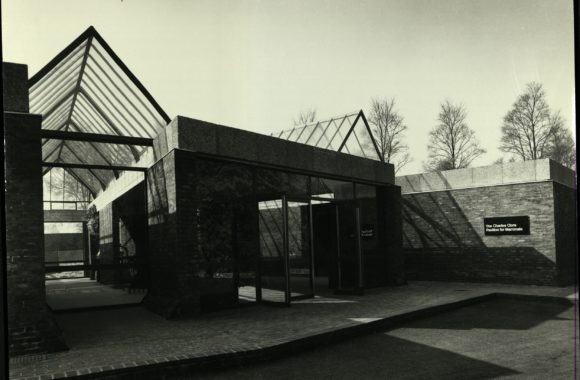
January 2020 - Clore Pavilion for Small Mammals, London Zoo
Black, Bayes and Gibson, 1965-67
by Valentino Danilo Matteis
The Clore Pavilion for Small Mammals is one of the buildings that was planned during the rebuilding and modernisation of London Zoo, a process which began in 1956. The construction had been made possible by a £ 200,000 donation from Charles Clore. Planned as phase four of the zoo renovation, construction started in 1965, when the Elephant Pavilion (by Casson, Conder & Partners) was completed and the animals could be moved to their new accommodation. Before the construction of the Clore building, a large portion of the small mammals in the zoo were scattered among three different sites; most of them were nocturnal and Zoo visitors almost always failed to get the chance to see them. This led the office of Black, Bayes and Gibson, together with the zoo’s researchers, to begin a two-year study to monitor the animals’ waking/sleeping rhythms and burrowing and jumping habits, to provide each species with an environment as familiar as possible to their natural habitats and allow their activities to continue unimpeded while giving visitors the possibility to see them.
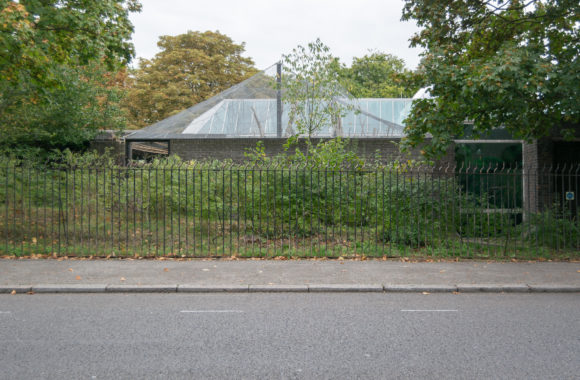
The result was a building quite sombre in appearance but hiding great complexity. Volumes are laid out in a very low, strongly horizontal composition in harmony with the low profile of the canal banks nearby. Dark bricks define the surface of walls which are topped by a thick concrete roof and undisturbed by any openings towards the outside because the cages are top-lit. A glazed “conservatory” walk for visitors is the only element raised above the low brick profile. (interestingly, some drawings show a more complex polygonal profile, while the final design has a stricter triangular shape). The building is generally described by critics as unassertive and neutral, even modest, to allow the animals to become the focus of visual attention. While this is true to a degree, it doesn’t do justice to the articulation of the programme and how its unassuming appearance stemmed from its design approach.
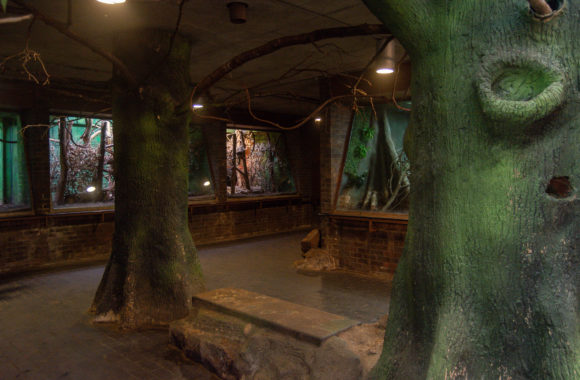
To display nocturnal animals effectively, an entire section — the Moonlight World (now renamed the slightly less poetic “the Nightlife World”) — was placed in the basement, where special lighting was installed. This system reversed the animals’ sleep/active cycle so that they end up sleeping when the visitors leave and lighting increases, simulating the day. The basement itself is quite simple in architectural definition with “darkness” being the main feature. It’s the experience that the architects were striving for: enjoying the spectacle of the nocturnal animals. We could imagine the architects approaching the commission as though it was an exhibition design. Indeed, the background of Misha Black and Milner Gray (key figures of the well-known Design Research Unit), was in display and interior/exhibition projects. Here, they took a “total design” approach, where the process of designing encompassed all aspects of the experience, from engineering to graphic design. They designed corporate identity down to specific details and exhibitions (their “Battle for Fuel”, commissioned by the Ministry of Information, for instance) that left a lasting effect on visitors.
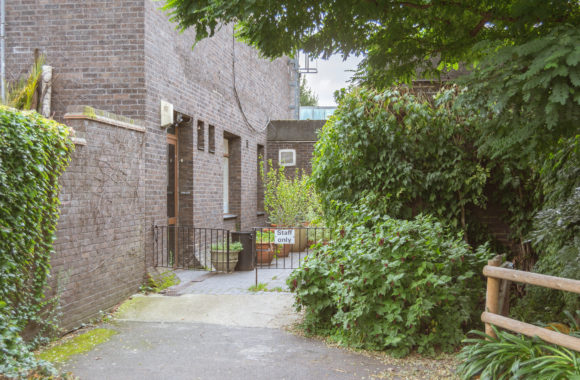
Thanks to this specific expertise, the pavilion, in spite of its simple, bare surfaces, is in truth an “exhibition machine” where animals can live with a reversed night cycle, seen by visitors along an organised exhibition path. But this care in the management of circulations is not exclusive: the keepers of the zoo also work in a well-designed system of service corridors running behind cages, together with breeding boxes specifically designed for the different habits of animals and even spy-holes to observe inside without having to open cages. Another innovation is the location of the kitchen for preparing the animals’ food: large windows allow visitors to see the process and peek behind the curtains of the zoo, making its activities part of the exhibition too. In this sense, the Clore Pavilion can be considered an interesting example of the approach to total design applied to a building with sombre references to its surroundings but conceived in a way that the “exhibition” within it would achieve a total effect with careful consideration of pathways and functions.
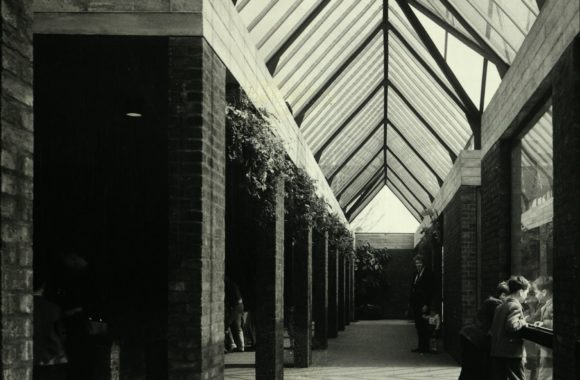
More recently, the pavilion was altered in appearance. An apparatus simulating a rainforest has been applied to columns and walls, making them look like trees, while the top-lit walkways have been covered by canopies with prints of leaves, giving the appearance of walking under the branches of the Amazonian rainforest. The pavilion’s entrance has been enlarged with a generically-designed glass hall while a new rather obtuse white steel structure in the central open area (where small monkeys and non-flying birds are housed) hulks over the horizontal, clean and solid shapes of the building. We could say that the unassuming quality of the building wasn’t deemed enough to grant the luxury of architectural care. Think, too, of the Lion Pavilion (John Toovey, Colin Wears and Roger Balkwill, 1972-6) and its delicately designed quasi-landscape now hidden by touristic paraphernalia. The Clore Pavilion for Mammals could be seen as a model for future zoological architecture that is based on a highly sophisticated approach in its conception, coming close to Black, Bayes and Gibson’s “total experience”.
Written by Valentino Danilo Matteis, an architect working in Rome. He graduated with a Ph.D. from Sapienza University with a thesis on the Monadnock building in Chicago. He is an editor of Panteon Magazine (www.panteonmagazine.com). The Building of the Month feature is edited by Joshua Mardell.
Look for past Buildings of the Month by entering the name of an individual building or architect or browsing the drop down list.

Become a C20 member today and help save our modern design heritage.